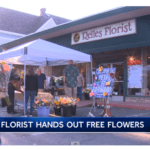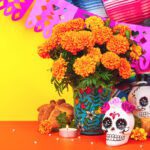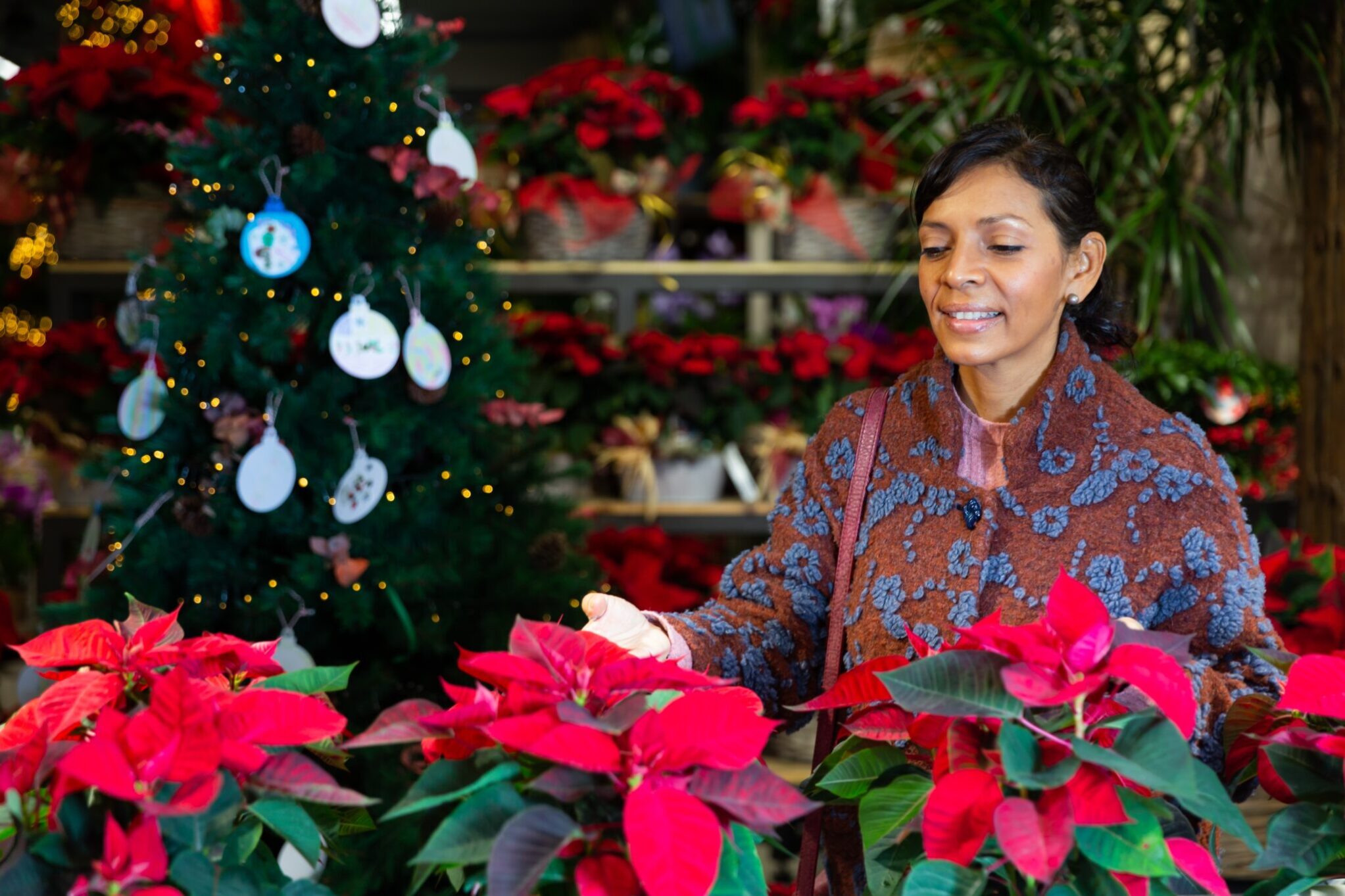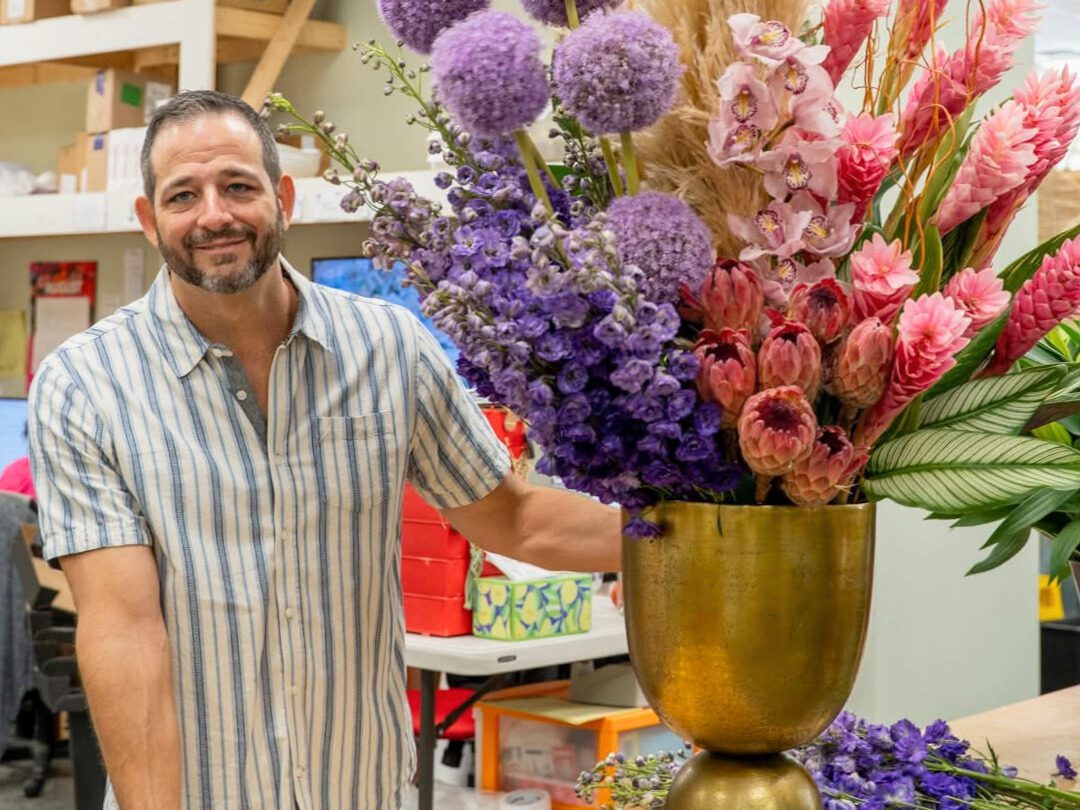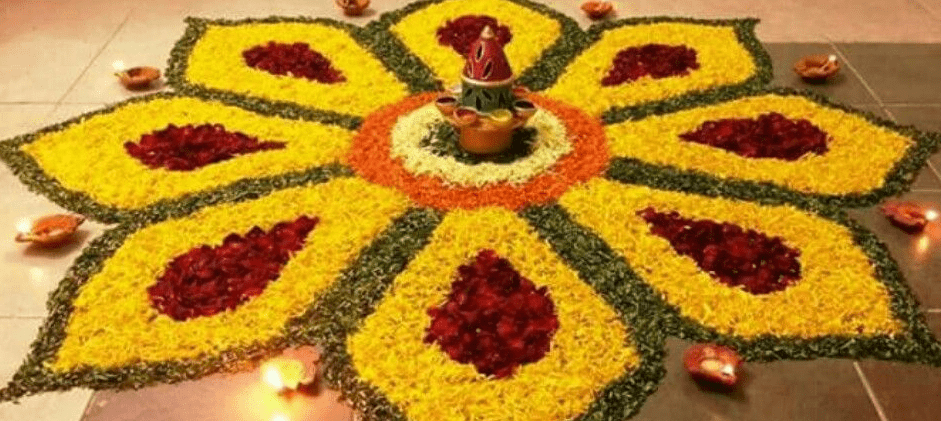
As florists around the country begin to prepare for Thanksgiving pre-orders, there’s another celebration on the calendar that’s growing in popularity and uses flowers in a big way: Diwali, often referred to as the Festival of Lights, celebrated this year Oct. 29 through Nov. 3.
The celebration is becoming more mainstream in the U.S. as the population of Asian Americans grows. From 2000 to 2019, the number of Asian Americans grew by 81% to 18.9 million, according to an analysis by the Pew Research Center.
Diwali is a multi-day festival that celebrates light overcoming darkness, good overcoming evil, and knowledge overcoming ignorance. It is an important religious and cultural festival among Hindus, Jains, Sikhs, Buddhists, and people of Indian heritage. The rituals vary based on religion and/or region.
Many celebrants decorate their homes and religious sites with diyas (oil lamps) or candles. Other rituals can include creating rangoli or kolam, which are intricate, ornamental designs created by hand on a surface using materials such as flowers (or their petals), rice, flour, or sand. Celebrants may exchange gifts, share meals, and offer prayers and offerings to various deities.
Retailers are taking note of the celebration’s growing popularity. Lego provided instructions for making a rangoli, and Edible Arrangements sells a Diwali-themed platter. The celebration has opportunities for florists, too.
The Importance of Flowers
Flowers play a very important role in all aspects of the Hindu religion and culture, says Sundari Katir, board member and past president of the Davis Flower Arrangers, a nearly 70-year-old club in California that provides floral design learning opportunities.
“It is considered very auspicious to have flowers, petals, and various displays of beautiful, vibrant flowers,” she says. Homes are decorated with flowers, mostly strung together to be hung around the house and the shrine room is decorated with vibrant-colored flowers “to make it look more festive.”
Some flowers carry special religious significance because they are said to be sacred or are associated with specific deities. In India, popular flowers for Diwali decorations are Indian jasmine, marigold, lotus, and red hibiscus, as well as palm and mango leaves, Katir says. While some of those flowers may be difficult to find in the U.S., marigolds, roses, carnations and mums are commonly used.
Katir shared these tips for creating a Diwali product line:
- When designing Diwali arrangements, focus on the flowers’ attributes, rather than zeroing in on specific blooms, Katir says. Many celebrants choose blooms that are shades of red, gold, yellow, and maroon.
- The flowers should last at least a week, as it is considered inauspicious to see wilted flowers in an arrangement, says Katir, who recommends gerbera daisies, mums, carnations and sunflowers for their longevity.
- Florists can use those and other long-lasting flowers to create leis, hanging garlands, and custom arrangements. The flowers can also be sold as loose stems or in bunches so celebrants can use them in their own decorations. Loose petals, both fresh and dried, are also popular among Diwali celebrants.
- Incorporate diyas (lanterns) or candles in floral arrangements. “Diyas are a very big part of Diwali, even more than flowers, so a display of flowers surrounded by diyas at the base would be nice,” she says. Florists can purchase diyas at local Indian stores or online, and insert tea candles, both real and artificial, to bring light to Diwali floral arrangements.
Laurie Herrera is a contributing writer for the Society of American Florists.
